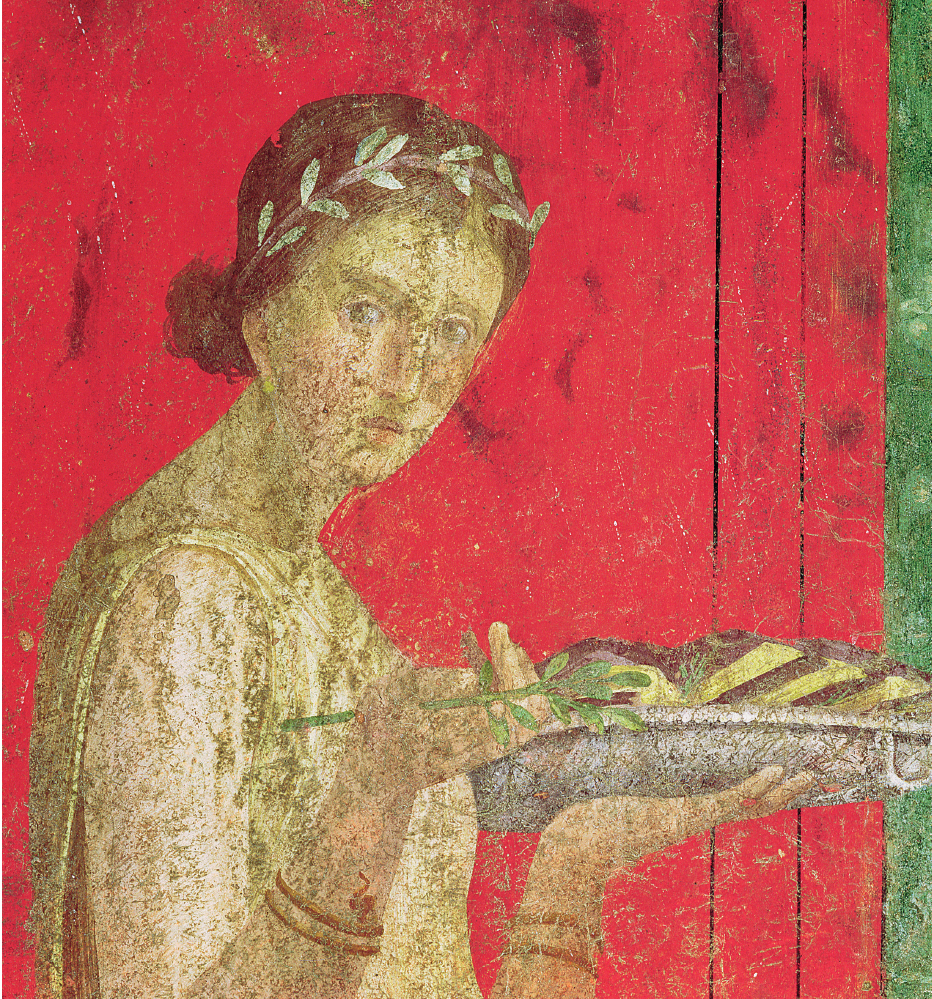Understanding World Societies:
Printed Page 144
Introduction for Chapter 6
6 THE WORLD OF ROME CA. 1000 B.C.E.–400 C.E.
> How did the Romans build and control an empire that spanned the Mediterranean world? Chapter 6 examines the Roman Empire. With a republican government under the leadership of the Senate, the Romans conquered Italy, then the western Mediterranean basin, and then areas in the East that had been part of Alexander the Great’s empire. The wars of conquest led, however, to serious problems that the Senate proved unable to handle. After a period of civil war that ended in 31 B.C.E., the emperor Augustus restored peace and expanded Roman power and law as far east as the Euphrates River. Later emperors extended Roman authority farther still, so that at its largest the Roman Empire stretched from England to Egypt and from Portugal to Persia.

Major Periods of Roman History:
- The monarchical period (753 B.C.E.–509 B.C.E.) in which Rome was ruled by kings
- The republic (509 B.C.E.–27 B.C.E.) in which Rome was ruled by the Senate
- The empire (27 B.C.E. to 476 C.E.) in which Roman territories were ruled by an emperor
LearningCurve
After reading the chapter, use LearningCurve to retain what you’ve read.
> CHRONOLOGY
| 753 B.C.E. | ca. 3 B.C.E.–29 C.E. |
| Traditional founding of the city of Rome | Life of Jesus |
| 509 B.C.E. | 69– |
| Traditional date of the establishment of the Roman Republic | Flavian emperors; restoration of order after civil wars |
| 451– |
96– |
| Laws of the Twelve Tables written and issued | Antonine emperors; prosperity and the height of the pax Romana |
| ca. 265 B.C.E. | 235– |
| Romans control most of Italy | Third- |
| 264– |
284– |
| Punic Wars | Diocletian and Constantine attempt to reconstruct the empire |
| 53– |
313 C.E. |
| Civil wars among rival claimants to power | Emperor Constantine issues Edict of Milan, allowing practice of all religions in the Roman Empire |
| 44 B.C.E. | 380 C.E. |
| Assassination of Julius Caesar | Emperor Theodosius makes Christianity the official religion of the empire |
| 31 B.C.E. | 476 C.E. |
| Octavian (Augustus) defeats Antony and Cleopatra | Odoacer deposes the last Roman emperor in the West |
| 27 B.C.E. | |
| Senate grants Octavian the title “Augustus”; date marks the beginning of the Roman Empire | |
| 27 B.C.E.–68 C.E. | |
| Julio- |